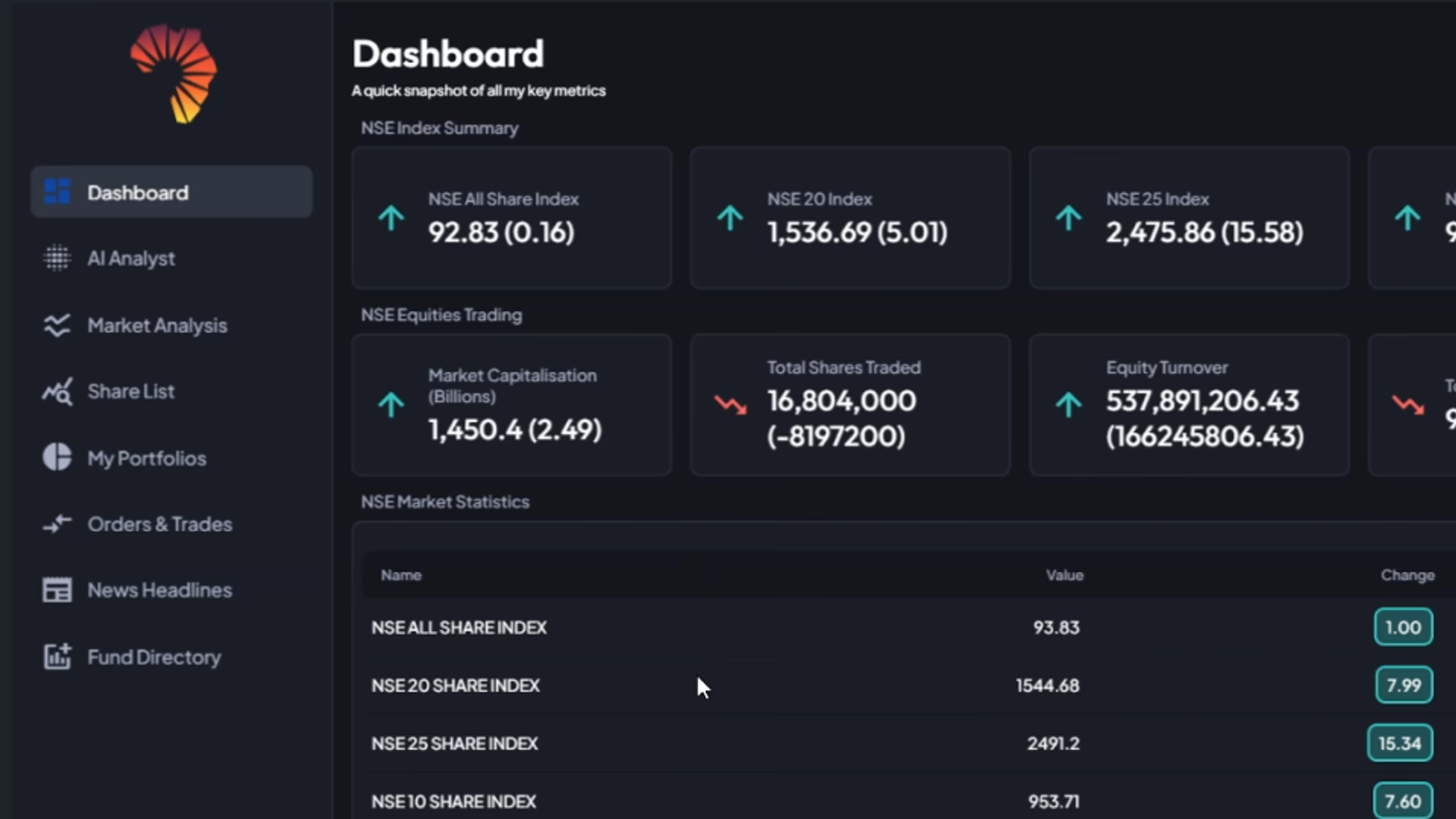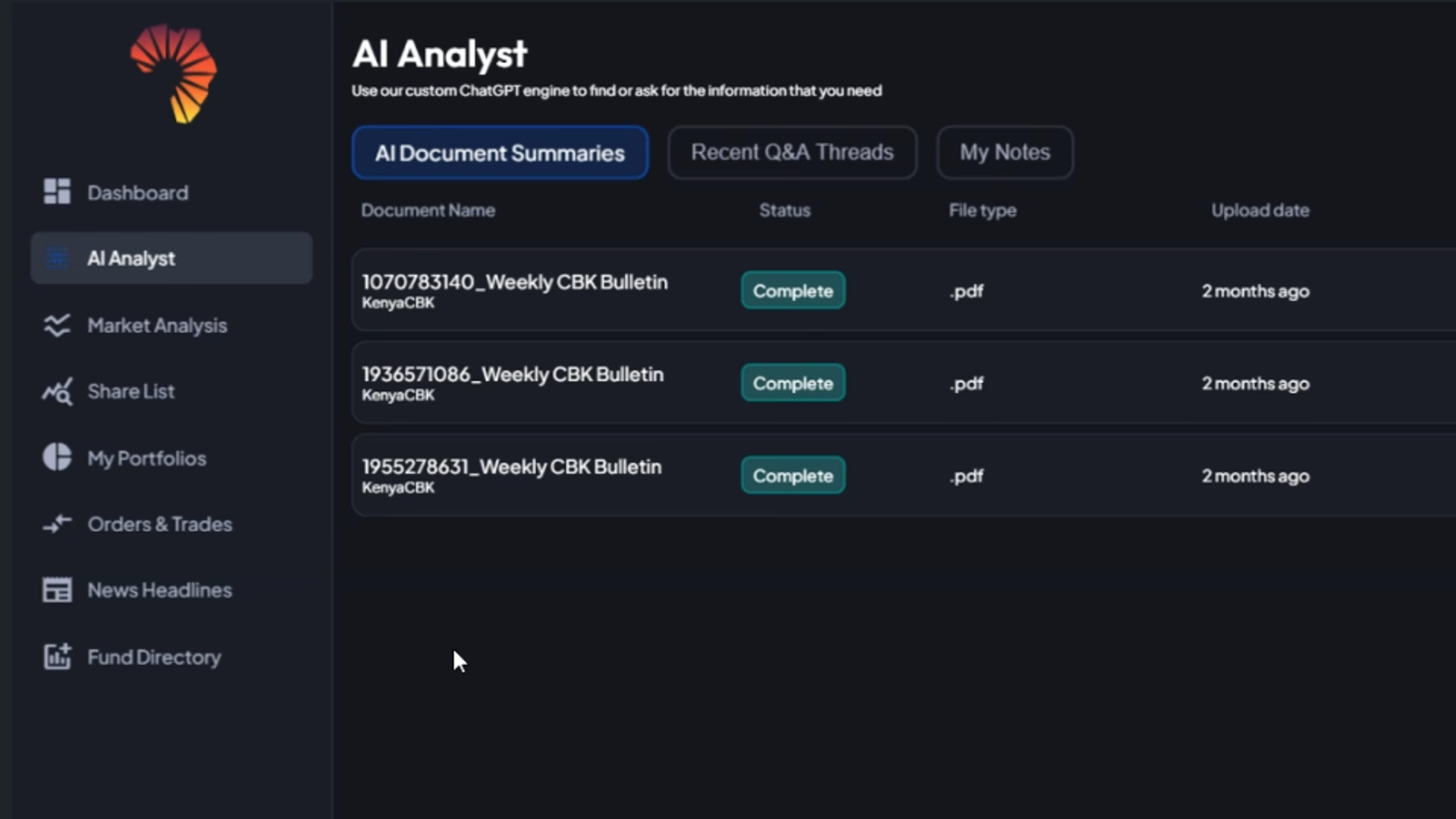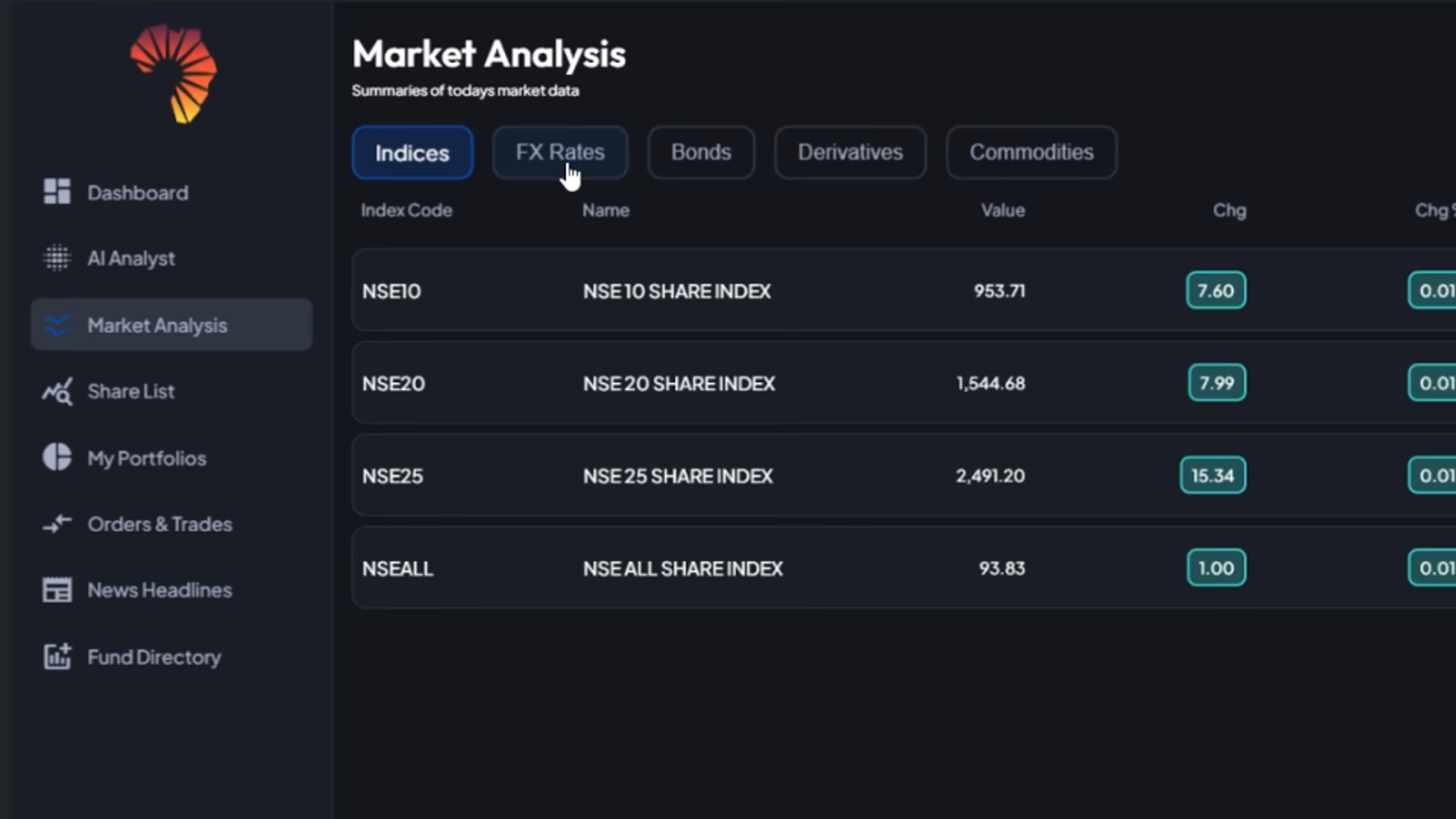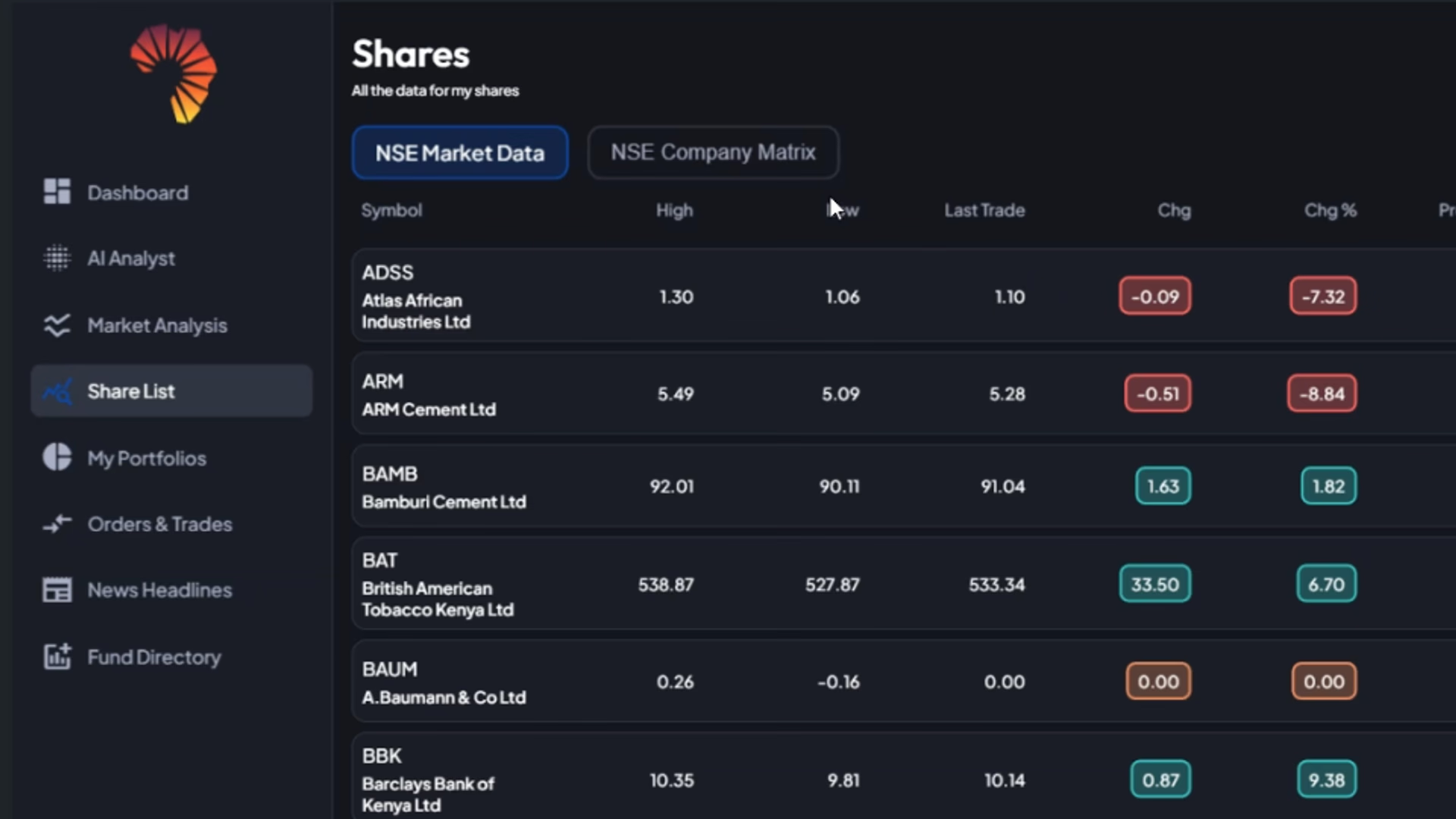Analysts at the Standard Investment Bank (SIB) are optimistic about Safaricom’s equities despite piling concerns and potential disruptions in Kenya’s telecommunications scene.
- •Financial analysts believe that the telco’s profitable run remains strong after posting a KSh 47.5 billion profit in its Kenyan market – according to last November’s half-year results.
- •The report projects that with the rising uptake of smartphones in the Kenyan market, Safaricom’s data revenues are bound to keep soaring- surpassing voice and SMS revenues, which are headed for the market maturity phase.
- •The optimism in the company’s revenue performance is also solidified by its diversification into other financial services like insurance and money market funds.
Safaricom’s share price at the moment stood at KSh 17.75 at the close of Tuesday, a 0.8% drop from Monday’s price. In an interview with The Kenyan Wall Street last November, Safaricom’s CEO – Peter Ndegwa – disclosed that analysts contended that the firm’s true share price was in the neighbourhood of KSh 25 and KSh 27- at the time the stock was trading at around KSh 15.40.
The price is significantly lower than the telco’s all-time high of KSh 45.25 – posted in August 2021. Last year, Safaricom’s median returns stood at 22.7% and contributed 8% to the NSE All-Share Index (NASI).
“For Safaricom, we continue to see latent potential in the financial service business that the group can explore in Kenya and believe the next frontier will be unlocked with license acquisition into the broader financial services,” the analysts.
The Ethiopia Play
In the half-year results released last year, Safaricom’s 18% dip in their overall business profit resulted from the depreciation of the Ethiopian currency. The telco, which is on its second year run in Ethiopia, lost KSh 17.5 billion after the Birr cratered 106% of its value. The company has lowered its profit expectations for the year and has lengthened its break-even target in the Ethiopian market to 2027.
SIB reports that there is light at the end of the tunnel for Safaricom’s Ethiopian operations – citing that the GSMA report reveals emergent opportunities in the mobile money market there. Moreover, about 30% of mobile owners in the country pointed out that they needed a strong agency network for mobile money adoption, an initiative Safaricom can competently handle owing to its dominance with M-Pesa in the Kenyan market.
“We believe the telco player with the best cost structure, a rich agency network, and widespread customer education through marketing will successfully achieve scale,” the investment bank noted.
“The relative stability on the Birr may cool off the impact of depreciation leaving 1H25 with the biggest impact, a plus going forward,” it added.
Brand Reputation, and the Threat of Starlink
Over the past year, Safaricom has been accused of sharing location data of its customers with security agencies. According to the SIB analysis, these concerns and lower prices may push more people to Voice Over Internet Protocols (VoIPs) and Direct-to-Device (D2D) services, worsening the attrition of traditional revenue channels for telcos.
SIB bank noted that Starlink had morphed into a viable option in the country’s fixed data market, recording a meteoric rise in subscribers in just under a year. The service had slashed the costsof acquiring its hardware kits and offered better internet speeds as it made it market entry plays.
“On fixed data, we noted in our FY25 valuation update report that Starlink is a disruptor to the fixed data services market – with their competitive edge being in the ease of rolling out and vast geographical coverage,” SIB stated.
“We opine GSM customer attrition may be another concern in the long run when satellite internet providers acquire licenses to issue Direct-to-Direct (D2D) services – which we suspect may cause customer migration,” the report added.
However, the investment bank is confident that Starlink has not yet blunted Safaricom’s edge in the market since the satellite internet service is only remarkably popular in urban areas and there are still challenges with their network capacity.





